Photo essay for the Special Initiative “The Mekong is Blue and Dried: Visual Storytelling of the Mekong River’s Environmental Degradation” by SEA Junction and the Samdhana Institute
| Title: | Mekong upstream dams cause harms to Cambodian communities |
| Storyteller/Photographer: | Samnang Chann |
| Place: | Kratie Province, Cambodia |
| Time: | June 2018 – August 2019 |
Many upstream dams on the Mekong mainstream have been causing unseasonal water fluctuations downstream in Cambodia. More recently, the Don Sahong dam in Laos – completed in 2019 and located adjacent to the Cambodian border – compounded the impacts on downstream living biota such as threatening endangered Irrawaddy river dolphins and blocking the major fish migratory channel from Southern Cambodia to Laos. People living along the Mekong River are also encountering difficulties to make ends meet as they rely on the fish supply from the Mekong that is currently decreasing. At the same time, climate change is causing prolonged drought and also reducing rainfall. These phenomena have contributed to make the Mekong River’s water levels unpredictable. This situation also affects the crops that the community grows on the riverbank, thus makes their food sources and livelihoods even more vulnerable.
In the lower Mekong mainstream, Cambodia has also planned two dams named Stung Treng and Sambor.[1] However, in March 2020, the Cambodian government announced a 10-year moratorium of dam development on the Mekong.[2] Despite this suspension, there are still concerns about the country plan to include coal in its national energy mix, which will be hampering the potential of renewable energy and increasing contribution to addressing climate change.
I live in Phnom Penh and travel once a month to Sambor District, Kratie Province where the Sambor dam is planning to operate. There, I have been working with the youth group since 2016 as their mentor providing updated information about the dam status and support them in collecting data on fisheries. The youths have learned about the planned damn and realized the potential impacts on biodiversity in their communities, and how climate change added to the effects on the Mekong ecosystems, on which they depend for their livelihoods.
The seasonal flow of the Mekong is also vital to Tole Sap Lake – the largest freshwater lake in Southeast Asia, which is home to hundreds of fish species that migrate upstream for spawning in regular monsoon season. The upstream dams have already altered the natural flow of water into Tonle Sap Lake, which has become drier in recent times, decimating a vital part of the Mekong’s ecosystems. If the dam projects on the Mekong in Cambodia continue, the impacts will devastate the livelihoods of over 60 million people who depend on the diverse ecosystems of the River.
In addition to fishing, the communities in Sambor District also grow a variety of vegetables along the Mekong riverbank for their own consumption. Surplus of fish and vegetables are sold in the local markets to earn income to support their children to go to school. Children in these communities also take part in helping their families to collect a natural-based living by catching fish from the Mekong. They have learned how to fish from their parents since a very young age. Natural resources that the Mekong provides to the communities are indispensable. But the Mekong has changed, and these changes are affecting community survival. Community members told me that sometimes the Mekong water rose without any sign of warning and destroyed all their riverbank gardens, and they now catch less fish than before.
The Sombor District, where the dam site is planning to complete, has a beautiful landscape with clean beaches and swimming spots. The communities in this area have been thinking about local tourism as a way to preserve nature while earning income at the same time. Despite the government announced the 10-year moratorium of dams on the Mekong, we still have to keep monitoring this issue and continue to raise our voices on the impacts of the existing and planned dams on the upstream of the River.
—————————————————————————————————————
[1] https://www.stimson.org/2020/mekong-mainstream-dams/
[2] https://www.theguardian.com/world/2020/mar/20/cambodia-scraps-plans-for-mekong-hydropower-dams
Photographer/Storyteller
Samnang Chann is based in Phnom Penh. He provides information and mentorship support regarding environmental preservation in the area where the Sambor dam on the Mekong mainstream has been proposed.
Organizers
The Mekong is Blue and Dried: Visual Storytelling of the Mekong River’s Environmental Degradation is a special initiative of SEA Junction and its partner the Samdhana Institute to provide a platform for the creative use of visual documentation and art to advocate for environmentally and socially friendly measures for the Mekong River. The initiative is also supported by the Vietnam-based Mekong Environment Forum.
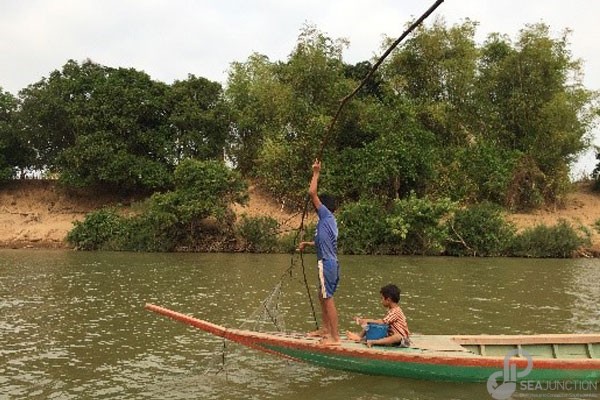
Two boys fishing in the morning before school to provide food for their household in Tnout Island, January 2019. (Photo by Somnang Chann)
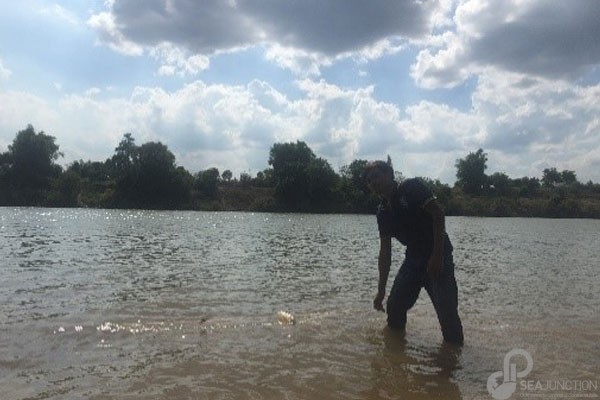
A young fisherman is catching fish for his home subsistence, income, and school fees in Tnout island, July 2019. (Photo by Somnang Chann)
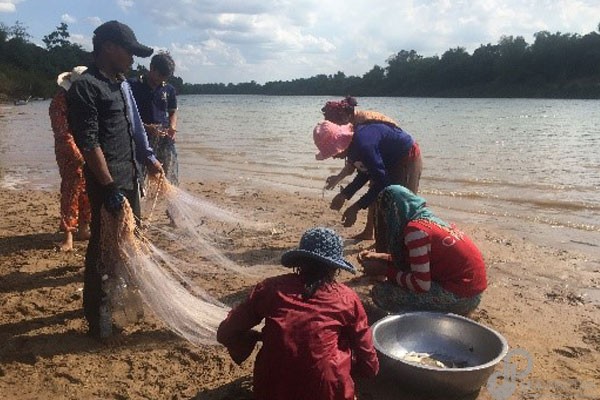
Youth group went to fishing and learned about fish species on the Mekong River with villagers of Kratie Province, March 2019. (Photo by Somnang Chann)

A villager is making a traditional fish and bird trap from bamboo in Katrie Province, June 2018. (Photo by Somnang Chann)
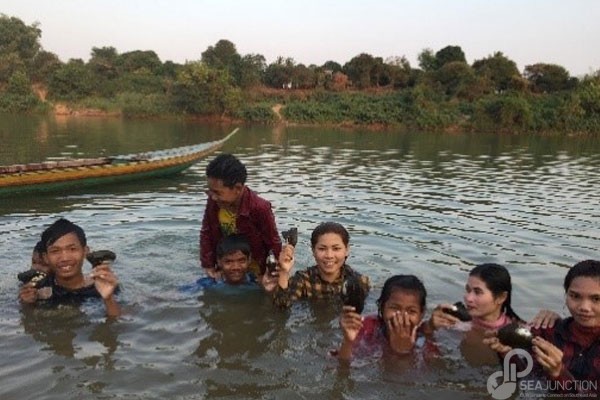
The youth group collected some clams from the Mekong River after school in Kratie Province, June 2019. (Photo by Somnang Chann)
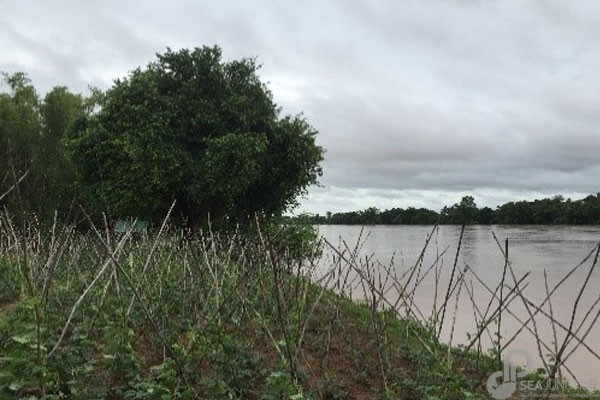
Long bean garden on the Mekong River bank. This area is close to the proposed Sambor dam site in Kratie Province, November 2018. (Photo by Somnang Chann)

This riverbank garden along the Mekong River is the key natural-based livelihood of the community in Sambor district. (Photo by Somnang Chann)
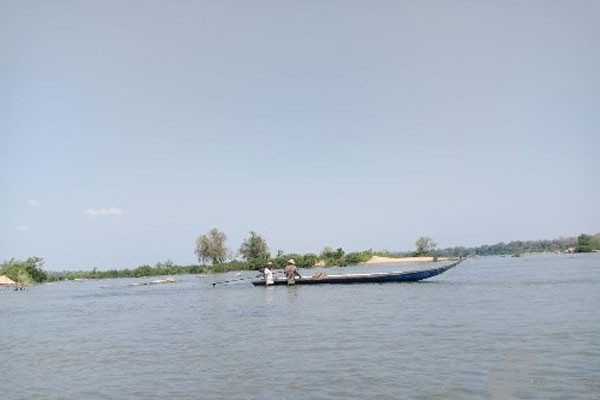
Community members participating in fish conservation in the Mekong River, which is listed as Ramsar site. (Photo by Somnang Chann)
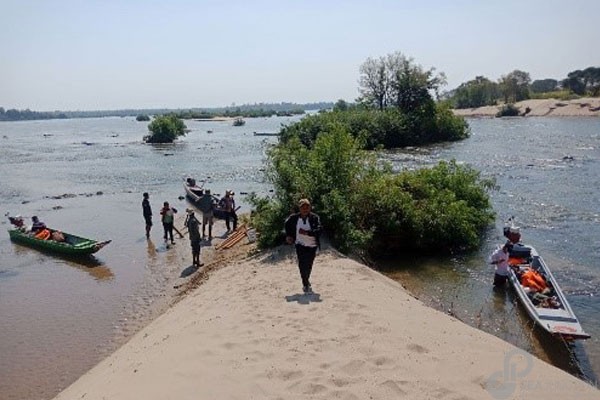
Youths and community members learn fish and bird conservation in Sambor district, 2019. (Photo by Somnang Chann)
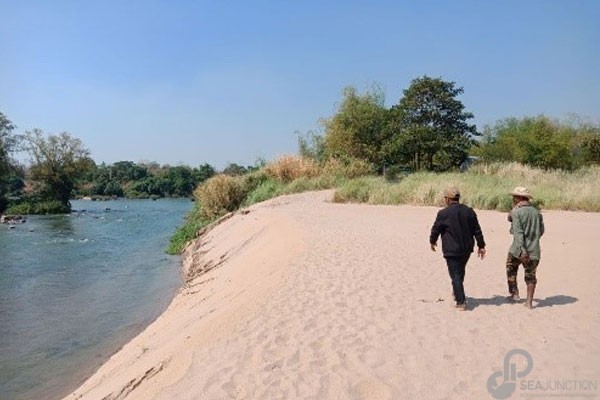
Sambor District area along the Mekong riverbank is an ideal swimming spot, 2019. (Photo by Somnang Chann)


